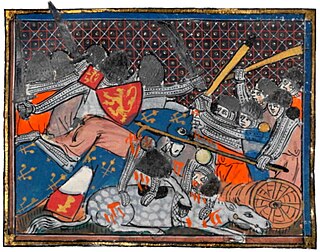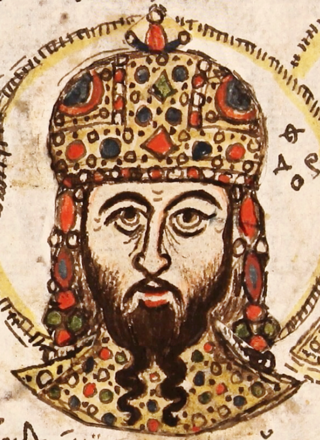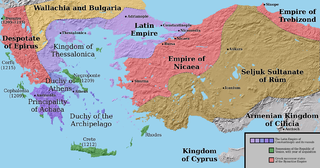The 1200s began on January 1, 1200, and ended on December 31, 1209.
The 1090s was a decade of the Julian Calendar which began on January 1, 1090, and ended on December 31, 1099.
The 1070s was a decade of the Julian Calendar which began on January 1, 1070, and ended on December 31, 1079.
The 940s decade ran from January 1, 940, to December 31, 949.
The 960s decade ran from January 1, 960, to December 31, 969.
The 970s decade ran from January 1, 970, to December 31, 979.
The 980s decade ran from January 1, 980, to December 31, 989.

Year 1277 (MCCLXXVII) was a common year starting on Friday of the Julian calendar.
The 1080s was a decade of the Julian Calendar which began on January 1, 1080, and ended on December 31, 1089.
The 1250s decade ran from January 1, 1250, to December 31, 1259.
The 1030s was a decade of the Julian Calendar which began on January 1, 1030, and ended on December 31, 1039.
The 1260s is the decade starting January 1, 1260 and ending December 31, 1269.

Year 1165 (MCLXV) was a common year starting on Friday of the Julian calendar.

Year 1302 (MCCCII) was a common year starting on Monday of the Julian calendar.

Year 1254 (MCCLIV) was a common year starting on Thursday of the Julian calendar.

Year 1257 (MCCLVII) was a common year starting on Monday of the Julian calendar.

The Latin Empire, also referred to as the Latin Empire of Constantinople, was a feudal Crusader state founded by the leaders of the Fourth Crusade on lands captured from the Byzantine Empire. The Latin Empire was intended to replace the Byzantine Empire as the Western-recognized Roman Empire in the east, with a Catholic emperor enthroned in place of the Eastern Orthodox Roman emperors. The main objective to form a Latin Empire was planned over the course of the Fourth Crusade, promoted by crusade leaders such as Boniface of Montferrat, as well as the Republic of Venice.
Alexios Komnenos Strategopoulos was a Byzantine aristocrat and general who rose to the rank of megas domestikos and Caesar. Distantly related to the Komnenian dynasty, he appears in the sources already at an advanced age in the early 1250s, leading armies for the Empire of Nicaea against Epirus. After falling out of favour and being imprisoned by Theodore II Laskaris, Strategopoulos sided with the aristocrats around Michael VIII Palaiologos, and supported him in his rise to the throne after Theodore II's death in 1258. He participated in the Pelagonia campaign in 1259, going on to capture Epirus, but his successes were undone in the next year and he was captured by the Epirotes. Released after a few months, he led the unexpected reconquest of Constantinople from the Latin Empire in July 1261, restoring the Byzantine Empire. He was captured again by the Epirotes in the next year and spent several years in captivity in Italy, before being released. He retired from public affairs and died in the early 1270s.
The 1020s was a decade of the Julian Calendar which began on January 1, 1020, and ended on December 31, 1029.

The Reconquest of Constantinople was the recapture of the city of Constantinople in 1261 CE by the forces led by Alexios Strategopoulos of the Empire of Nicaea from Latin occupation, leading to the re-establishment of the Byzantine Empire under the Palaiologos dynasty, after an interval of 57 years where the city had been made the capital of the occupying Latin Empire that had been installed by the Fourth Crusade in 1204 following the Crusader Sack of Constantinople.







